There are many types of fish rich in DHA suitable for children, providing essential nutrients such as protein, vitamin D, and important minerals.
Fish that are high in DHA (docosahexaenoic acid) are an excellent addition to the diets of young children. DHA is an important omega-3 fatty acid that is considered a key component in the development of a child’s brain and vision.
Supplementing DHA for children through consuming DHA-rich fish can help improve intelligence, enhance learning abilities, develop vision, and support the overall development of the nervous system. Additionally, DHA has protective effects on cardiovascular health and boosts the immune system.
Types of DHA-Rich Fish Suitable for Children
When children begin weaning, the first thing most parents think of is fish that are rich in high-quality protein and DHA. In fact, regular fish consumption is very beneficial for the body, as fish is a rich source of DHA. Eating fish about three times a week can help the child’s brain develop rapidly.
According to a study, children who eat fish at least once a week have better sleep quality and an average IQ score 4.8 points higher than those who do not eat fish or eat it rarely. Another study published in the medical journal “The Lancet” also showed that the IQ of young children significantly improves if they consume seafood 3-4 times a week.
However, if parents want to supplement DHA, activate the hippocampus responsible for memory, and increase their child’s IQ, they should not overlook the following 5 types of fish.
1. Atlantic Mackerel
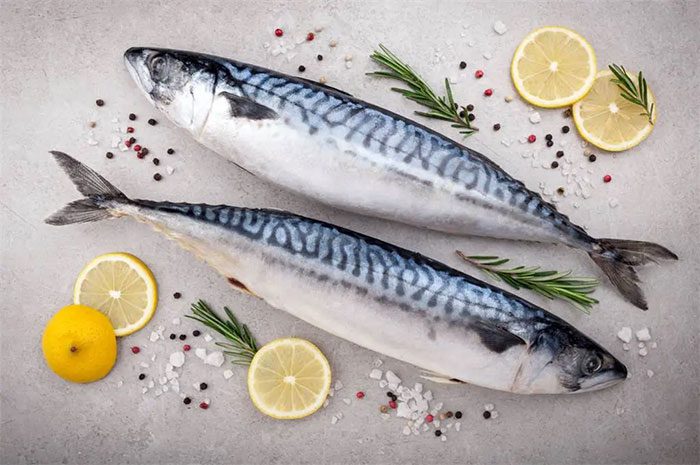
Atlantic mackerel is likened to a treasure trove of nutrition, with 1401mg of DHA per 100g of fish. It is also rich in vitamins, including vitamin B6, vitamin B12, protein, and other nutrients.
This fish has a mild flavor, fresh meat, fewer bones, and is best enjoyed in the autumn and winter seasons. When selecting mackerel, choose those with clear, bright eyes, a light green body, bright patterns on the back, a firm and taut body, and good elasticity.
2. Salmon
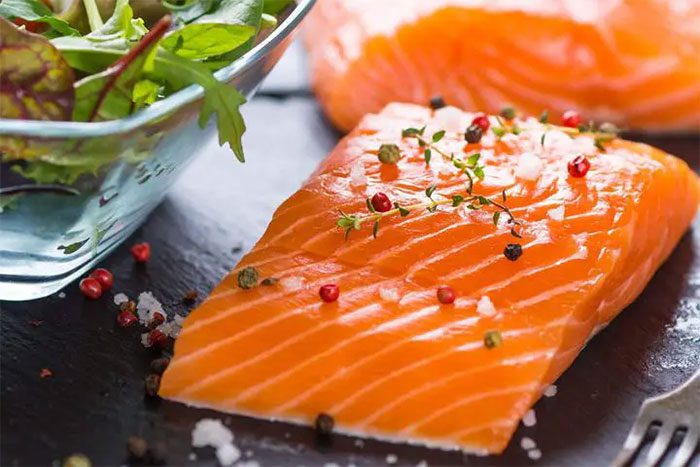
When it comes to the weaning stage, many mothers opt for salmon. The nutritional value of salmon is indeed outstanding, with 100g of fish containing 1,104mg of DHA, second only to mackerel.
Salmon meat is visually appealing, with a bright orange-red color due to its high astaxanthin content. The antioxidant capacity of astaxanthin should not be underestimated, as it is 100 times stronger than beta carotene, 1,000 times stronger than vitamin E, and 6,000 times stronger than vitamin C.
Overall, fresh salmon has a shiny color, and when pressed, the flesh is firm and elastic. The gills should be bright red, not sticky, and the eyes clear, not cloudy.
3. Tuna Mackerel
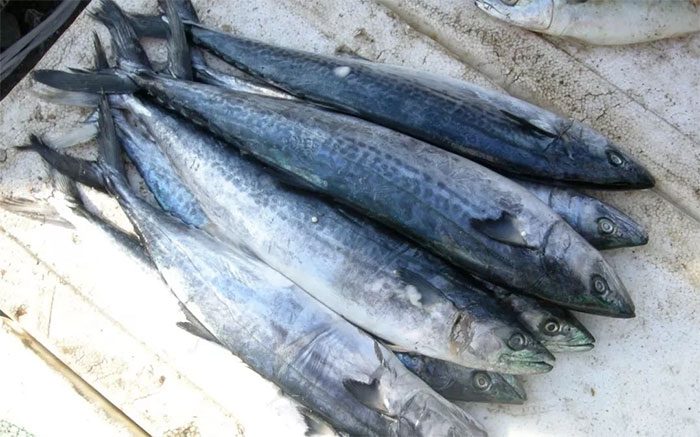
Tuna mackerel is closely related to Atlantic mackerel, so they look somewhat similar. Its DHA content is slightly lower than that of Atlantic mackerel, at 1,012mg per 100g. The fish has a dark blue back, silver-gray belly, and various-sized spots on its sides with soft flesh.
In late spring and early summer, after spawning, the tuna mackerel’s eggs and fat are replenished, making the meat succulent and delicious at this time. When purchasing, mothers should choose fish with clear eyes, firm bodies, and straight, not bent, forms.
4. Japanese Mackerel
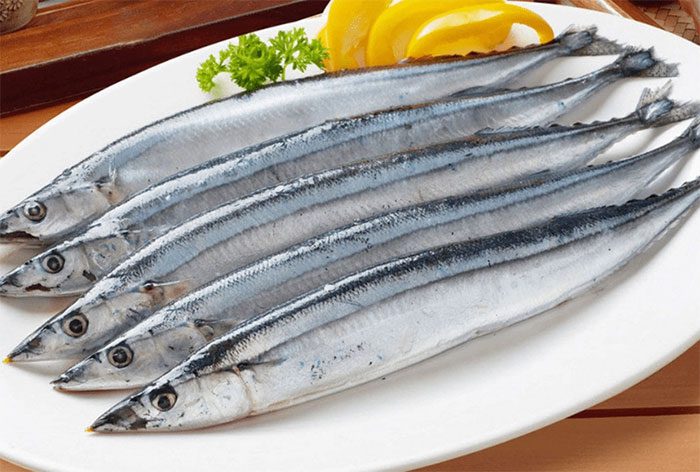
Japanese mackerel is very rich in protein, iron, vitamin A, calcium, and vitamin D. Each 100g of fish contains 648mg of DHA, an essential nutrient for the growth and development of children.
Fresh Japanese mackerel has a bright yellow color on the sharp part of the lower jaw, a thick meaty belly, clear eyes, and a straight tail when held.
5. Sardines
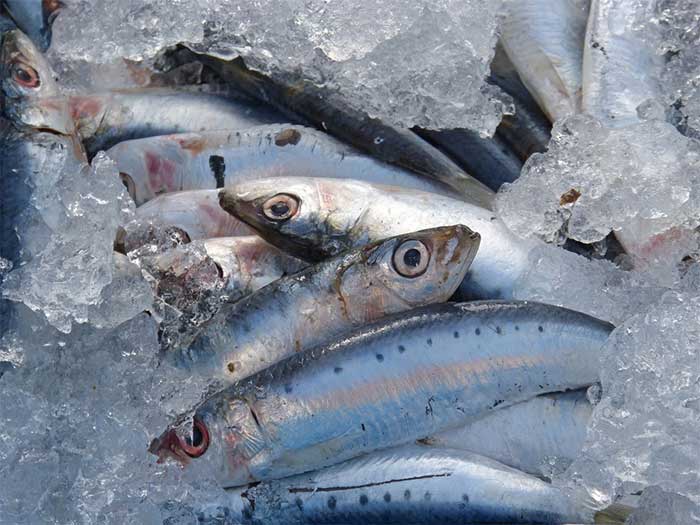
The DHA content in sardines is much lower than that of mackerel, at only 99mg per 100g. The reason they are recommended for children is their high calcium content, which is 70mg per 100g, making them one of the top foods.
Additionally, sardines are very rich in vitamin D, which can increase calcium absorption, benefiting the development of children’s teeth and bones. However, sardines contain many small bones, so mothers need to be careful when feeding them to their children.
Finally, mothers should note that when introducing fish to babies during weaning, only small amounts should be given initially, gradually increasing the quantity. If any signs of allergic reactions to fish appear, mothers should stop feeding them immediately and consult a doctor.


















































